In an interview with The Game, Daniele Combi gives insights into his techniques for tennis photography where a split-second can change the whole image while revealing his journey into sports photography.
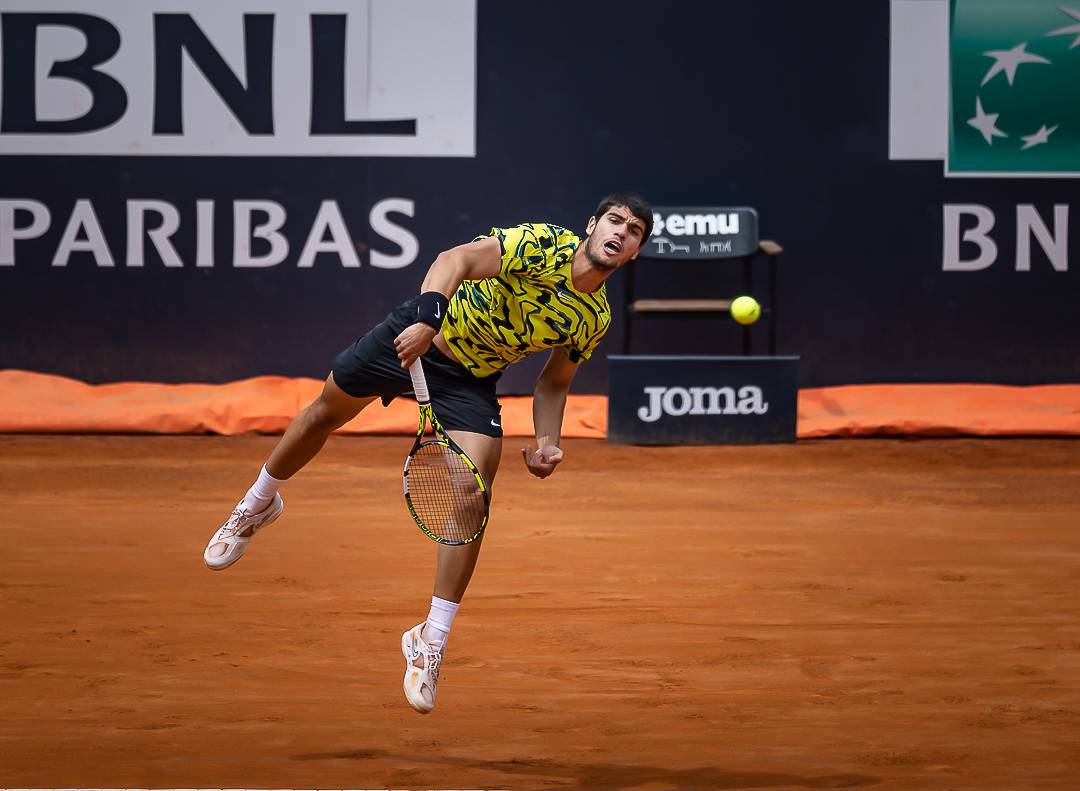
Ace the Shot: Tennis Photography with Daniele Combi
Based in Italy, Daniele Combi’s journey from computer technician to sports photographer has been impressive. Prompted by a simple yet profound question, he embarked on a self-taught odyssey, immersing himself in capturing and freezing moments in time.
Hailing from a background in digital marketing, Daniele’s passion for photography ignited in 2019 when he realised the absence of visual records from his travel adventures. What started as a quest to document his travels quickly evolved into an exploration of sports photography, with a fascination for photographing tennis events. He aims to capture the raw energy that unfolds in the world of sports through his lens. His talent lies in freezing tennis matches’ split-second intensity and revealing the profound stories, triumphs and tribulations woven within the courts.
During our interview, Daniele Combi delves into his experience as a sports photographer and gives insights into his technique for sports photography, especially for tennis events.
“The most fascinating thing in sports is being able to photograph an athlete’s intimate moment, giving the viewers the emotion of that athlete, happiness or anger, demonstrating that even champions are human beings like all of us and live of emotions common to everyone.”
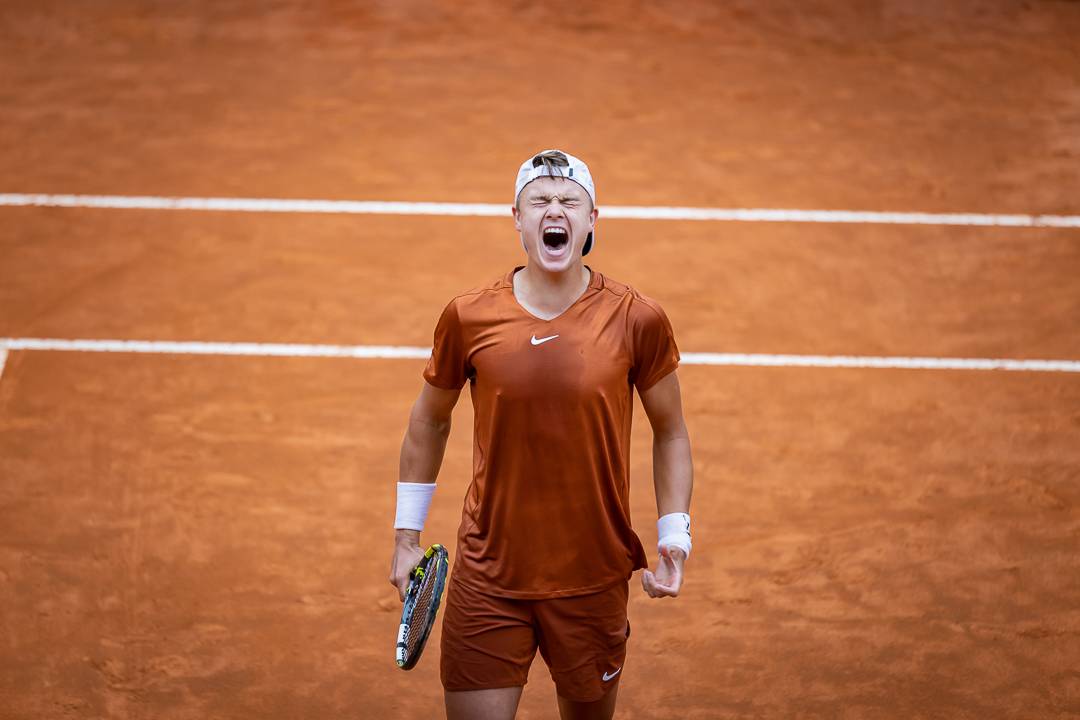
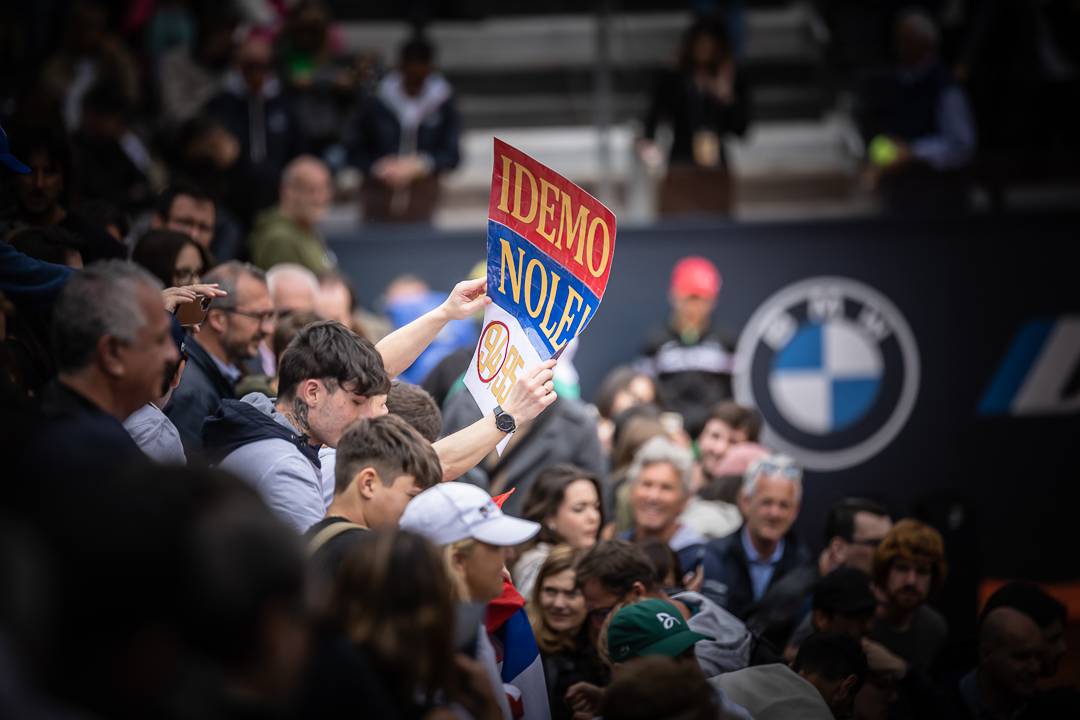
Can you tell us a little bit about yourself? How did your photography journey start?
I’ve been a computer technician specialising in digital marketing for about 15 years. This job has given me the good fortune to be able to travel around the world. I’ve always been fascinated by the world of photography since I was a child, so in November 2019, I realised I had no photographs of all the places I’ve visited, and I decided to start this new adventure by asking myself a simple question:
“Is it possible that you wouldn’t be able to use an electronic/digital device as a computer technician?” Then I started my self-taught process. In January 2020, the beginning of the lockdown period gave me the necessary time to deal with the various courses related to the world of photography.
What about your experience as a sports photographer and what drew you to this field?
Having started my studies as a photographer, I realised that I found some photography styles unsuitable for me. I have searched for the type most relevant to my passions. As a former sportsman, the response was immediate, I wanted to be a sports photographer. Indeed I want to be the best sports photographer.
Today as a sports photographer, I experience every single sporting event as a match of my own, sometimes I find myself in the condition of rejoicing at the concentration of a single event, and I believe that this characteristic is fundamental for capturing ever more real moments and giving the viewers a more realistic vision of the technical gesture or of the sporting moment photographed.
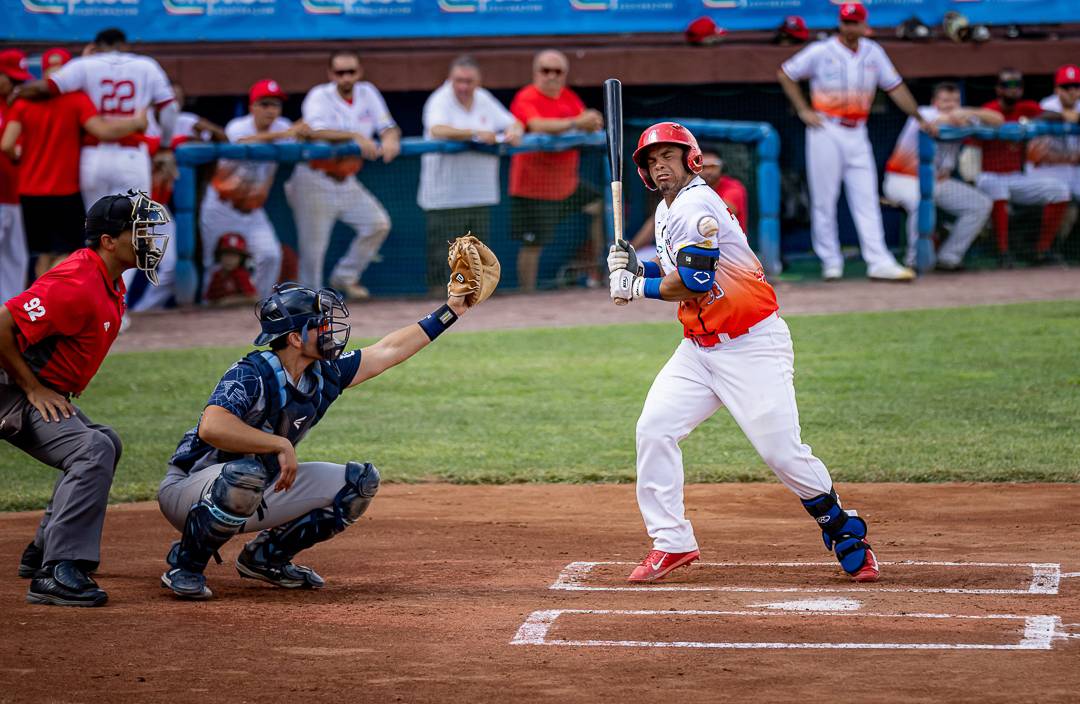
You seem particularly interested in photographing tennis events. Why did you choose this type of photography? Is there something about the sport that you find particularly captivating?
Yes, I am passionate about the world of tennis as I find this sport among the most authentic and full of sacrifices. I love photographing any sports event. However, in tennis, a photographer can capture different moments of an athlete, a technical gesture, a sacrifice, a triumph of joy, a moment of despair, a moment of fun, a hug… The world of tennis especially offers a sports education as an example to anyone looking at it.
In my opinion, the most fascinating thing in sports is being able to photograph an athlete’s intimate moment, giving the viewers the emotion of that athlete, happiness or anger, demonstrating that even champions are human beings like all of us and live of emotions common to everyone.

What equipment do you typically use for sports photography, and what factors do you consider when choosing your gear for a particular event?
In the sports world, I prefer to use mirrorless cameras because they are silent, with a guaranteed high image quality and optics suitable for sport, fast and with a diaphragm opening no greater than F2.8, to give a bokeh effect to the subject and above all to deal with the bad lighting present in some sporting events.
Can you share any specific techniques or strategies you employ to capture dynamic shots of players in action, such as serving or diving for a shot?
I love using very high shutter speeds to capture more details and have more focus on a tennis ball or baseball, taking advantage of a particular gift in post-production as a former graphics editor.
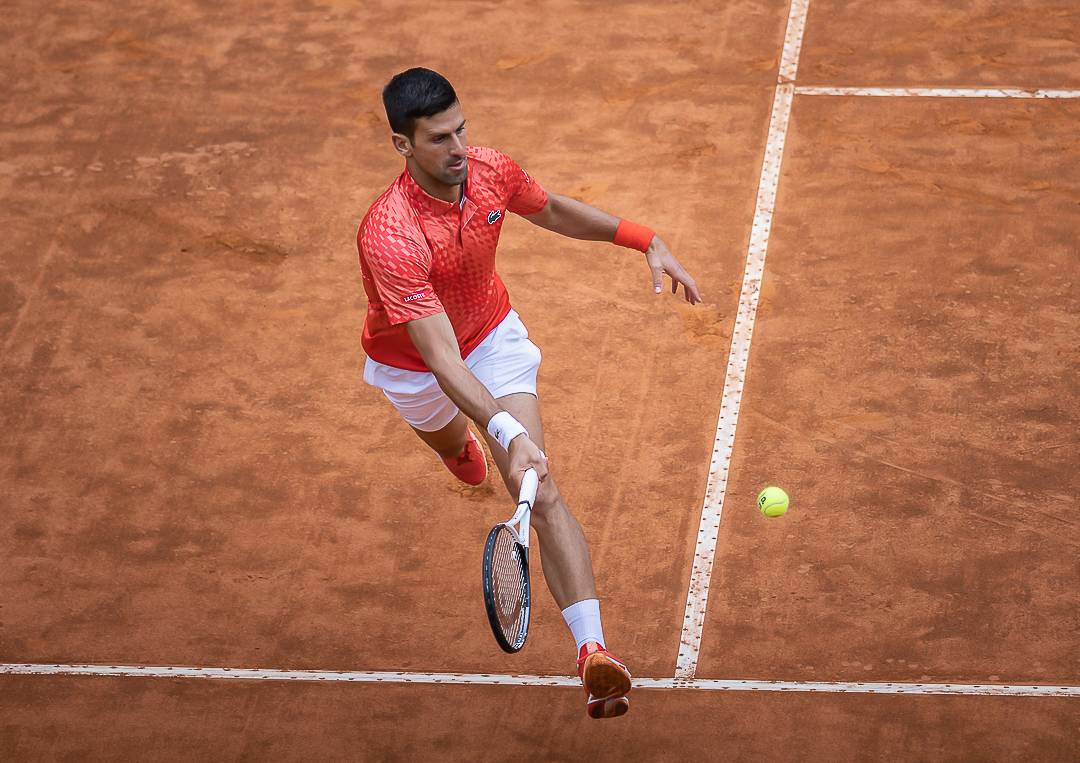
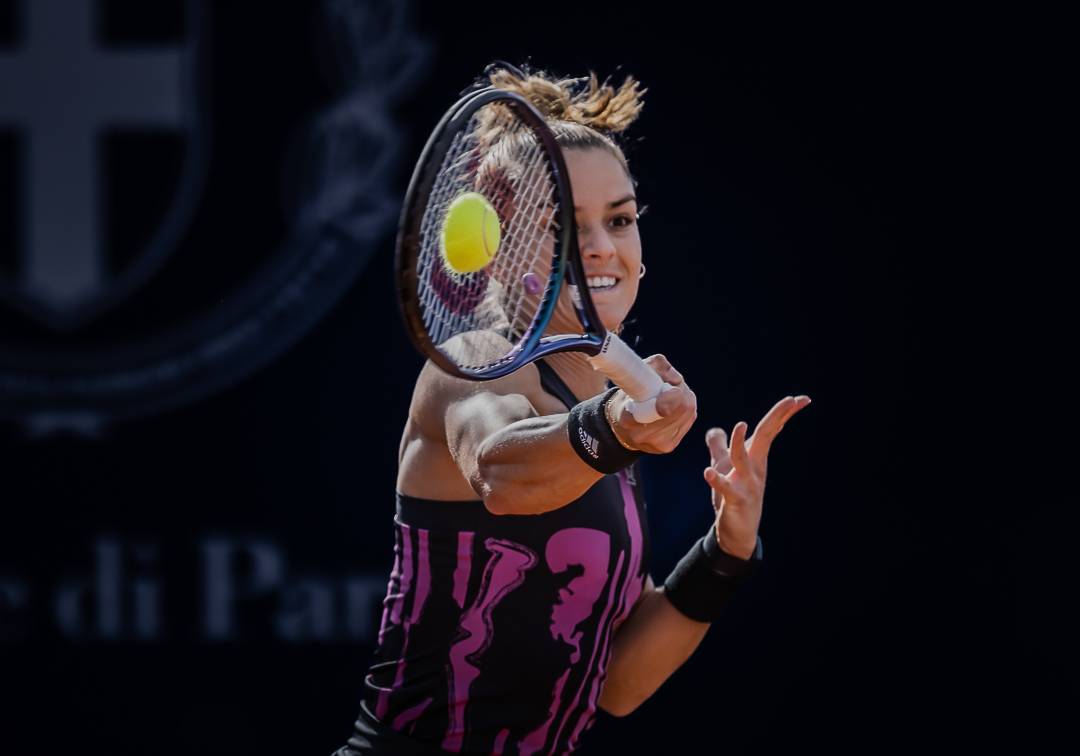
“Shoot, shoot and shoot. Never give up!”
Are there any particular challenges you’ve faced when photographing tennis matches, and how have you overcome them?
The biggest challenges in tennis are the positions and the lighting. In some tournaments, it is the bad lighting; in others, too much sun and the risk of having too many reds with the reflection of the clay.
In the first case, the solution I adopt is to prefer the most complex and unusual positions for various reasons, the first, to have different image compositions from all the other photographers present and the second, to go and capture particular moments in the stands or on the coaches’ benches.
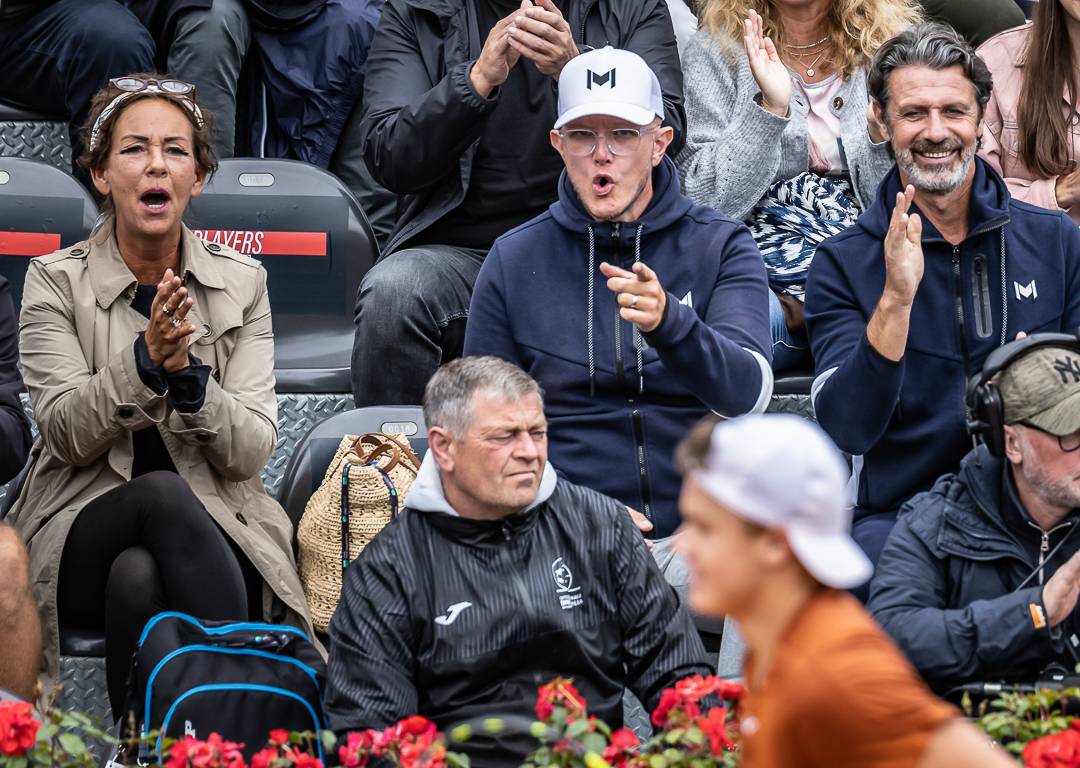
Tennis venues vary in terms of lighting conditions. How do you adapt your photography techniques to handle both indoor and outdoor tennis events?
As I said in the previous question, I manage the bad lighting with slower shutter speeds and brighter optics. In outdoor events, I do what a photographer should never do. I work any shot underexposed and then improve it in post-production, thus eliminating the possibility of having too many reds, whites or burnt areas in the photo, always guaranteeing an image quality full of details.
Are there any tennis photographers or sports photographers in general who have influenced your work or served as sources of inspiration for you?
Absolutely yes, the photographer source of my inspiration and why I am here today is Ray Giubilo, considered by many to be the number 1 photographer in the tennis world. For me, he is a friend and the only number one in this sector, but above all, he is the photographer in first place who can boast a thirty-year photographic archive. He photographed tennis with high quality even when there were only films. He went home with a bag full of rolls without knowing the result, and talking about digital at that time was pure fantasy.

Do you have any tips or advice for aspiring sports photographers who want to capture the events effectively?
Shoot, shoot and shoot. Never give up!
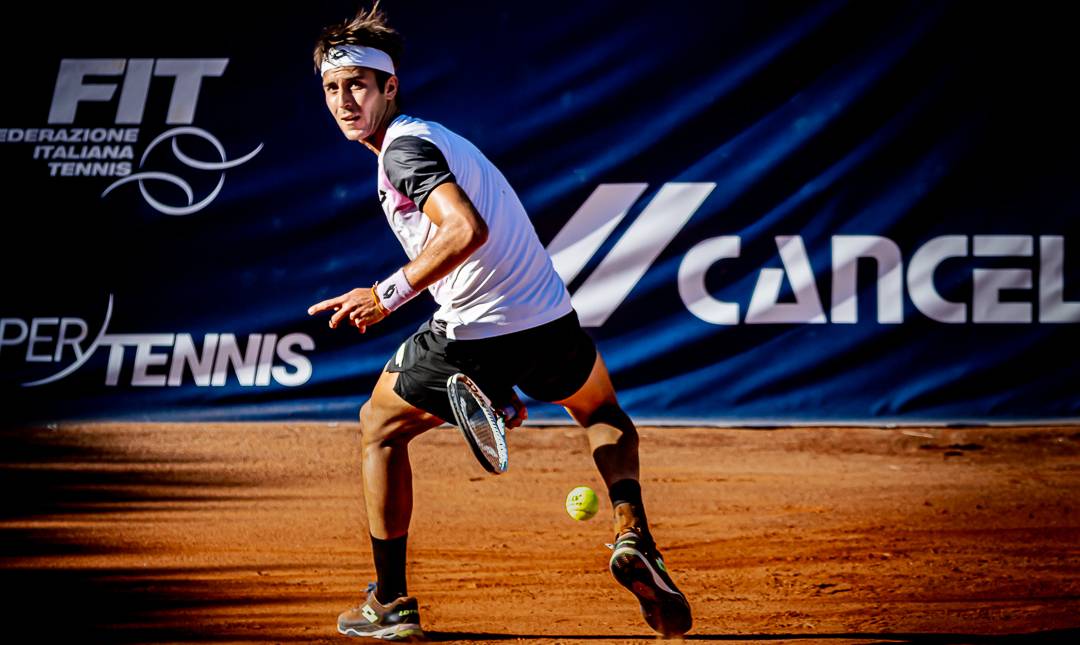
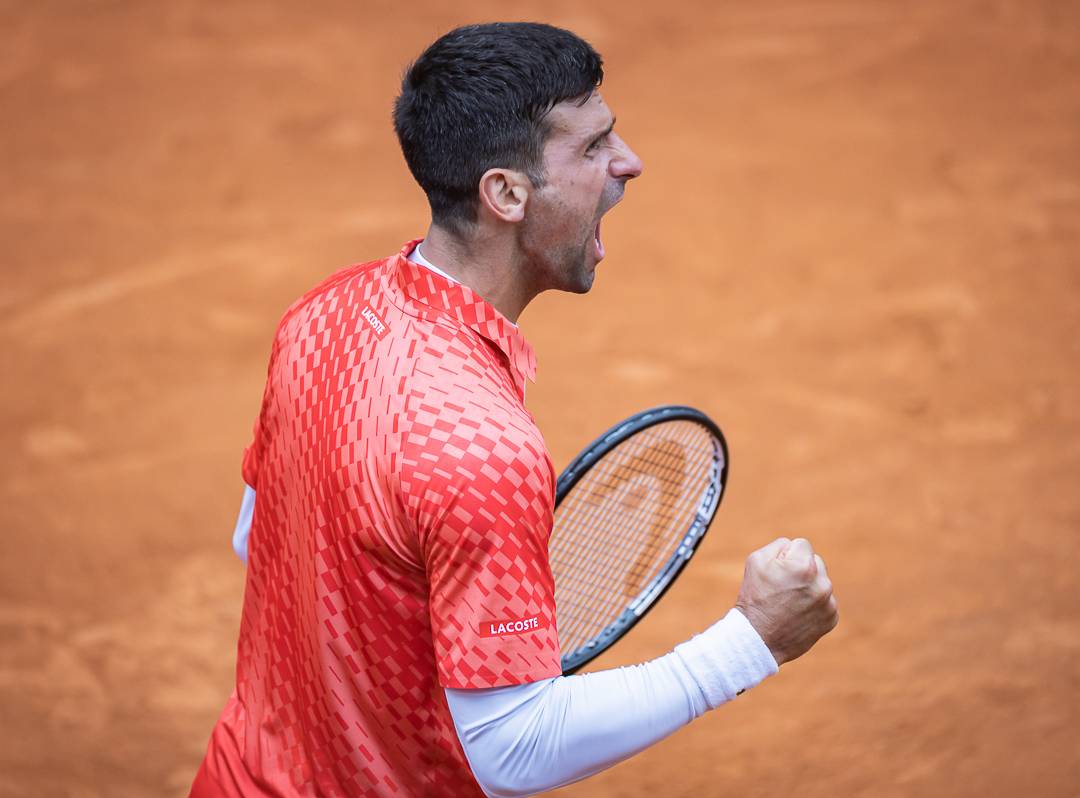
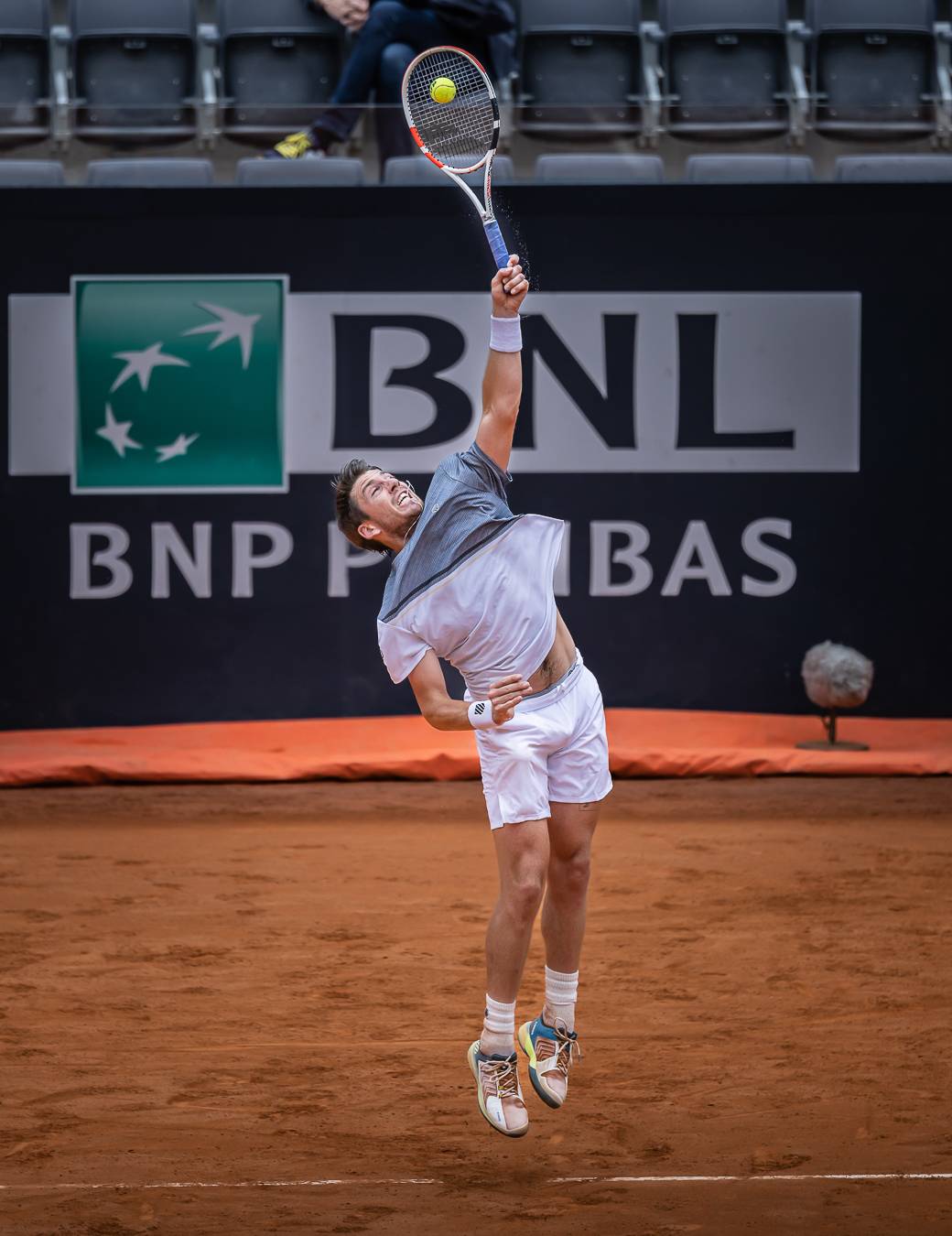
Check out Daniele Combi’s profile here.
Other previous articles on tennis events:
Federer out, Alcaraz in – can tennis’ new star fill the shoes left by the departing king?


